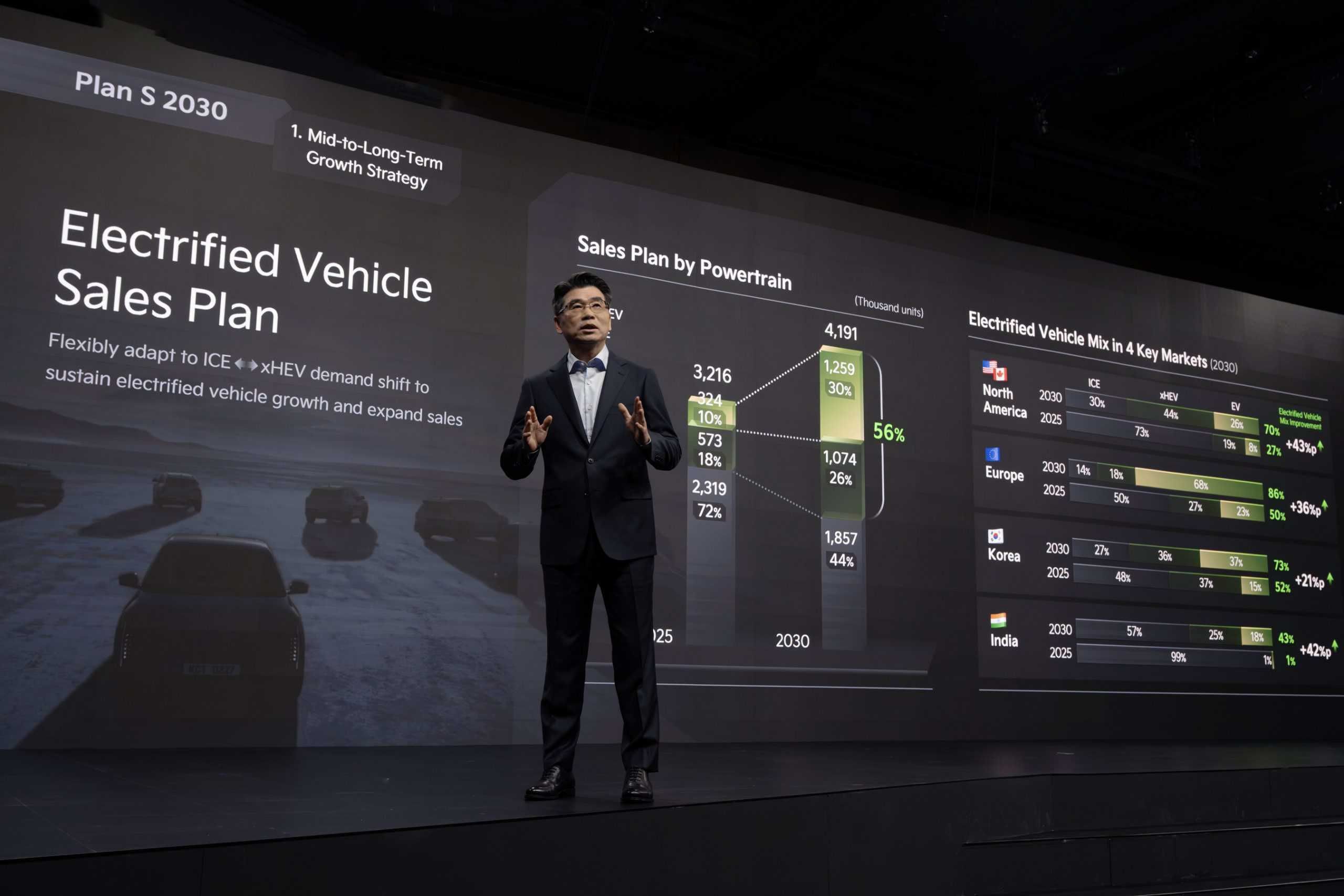
At its 2025 CEO Investor Day, Kia Corporation laid out an ambitious roadmap for the future, unveiling key elements of its updated “Plan S” strategy — a comprehensive mid-to-long-term plan aimed at reshaping the automaker into a global leader in sustainable mobility. The company announced a bold sales target of 4.19 million vehicles annually by the year 2030, with more than half—approximately 2.33 million—expected to be either hybrid or fully electric models.
Speaking at the event, Ho Sung Song, President and CEO of Kia, emphasized the company’s commitment to innovation and long-term value creation. “Since launching the Kia Transformation strategy in 2021, Kia has continuously progressed to become a provider of sustainable mobility solutions that innovate space and enable customers to make better use of their time beyond conventional means of transportation,” he said. “We will continue to develop the brand by implementing mid-to-long-term strategies to strengthen our internal stability and respond effectively to changes in the auto industry.”
As part of its evolving business model, Kia intends to expand beyond traditional vehicle offerings. This includes the introduction of new model segments such as purpose-built vehicles (PBVs) and pickup trucks, both of which will play crucial roles in diversifying the company’s global growth engines. PBVs—designed for logistics, ride-sharing, and specialized commercial uses—will form a key pillar of Kia’s strategy. The lineup will include the PV5 in 2025, PV7 in 2027, and PV9 in 2029. Kia is targeting 250,000 annual PBV sales by the end of the decade.
The automaker also previewed its expanding EV portfolio, reinforcing its intention to become a dominant force in electric mobility. Kia projects it will sell 1.26 million EVs and nearly one million hybrids annually by 2030. This push will be supported by the global rollout of several new volume models, including the EV3, EV4, EV5, and the highly anticipated EV2. Kia plans to bolster its cost competitiveness and improve customer service and production capabilities to support this electrification push.
Additionally, Kia announced the global launch of the Tasman pickup truck, which is expected to reach annual sales of 80,000 units. A dedicated electric pickup model tailored for the North American market is also in development, further expanding the company’s appeal in key regional markets.
From a financial perspective, Kia has set a revenue target of KRW 170 trillion (approximately USD 126 billion) by 2030, aiming to maintain an operating profit margin exceeding 10 percent. To achieve these targets, Kia plans to invest KRW 42 trillion (approximately USD 31 billion) between 2025 and 2029. Of that total, KRW 19 trillion will be allocated to future-oriented business initiatives, including electrification, software development, and mobility services.
By leveraging its adaptability and proactive investment approach, Kia appears well-positioned to navigate the rapidly evolving automotive landscape and emerge as a global leader in next-generation transportation.